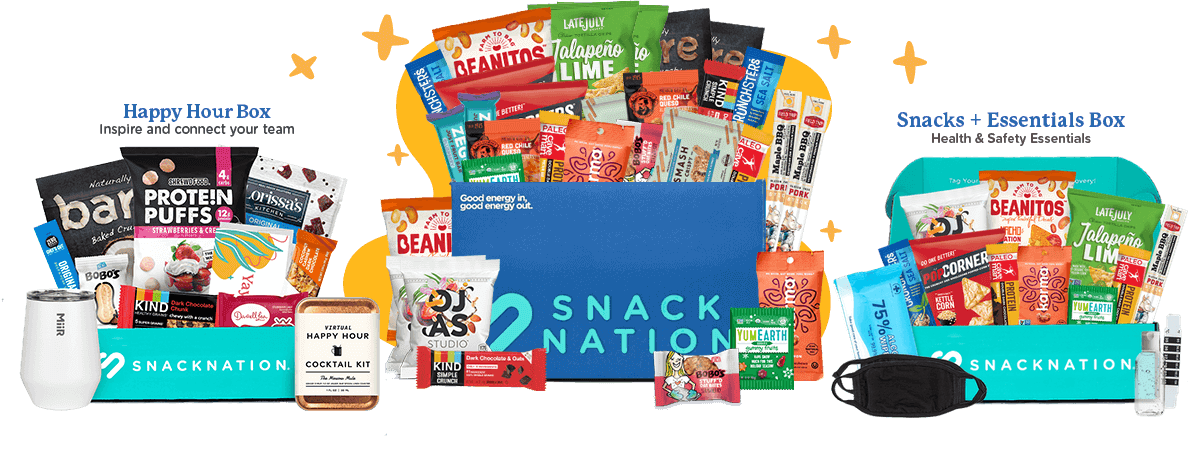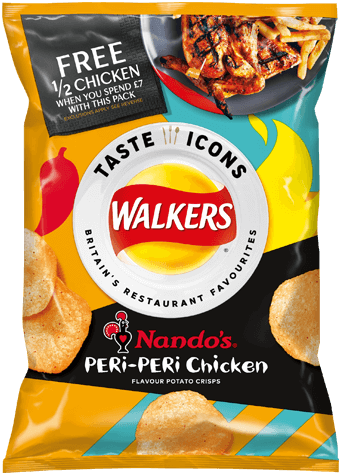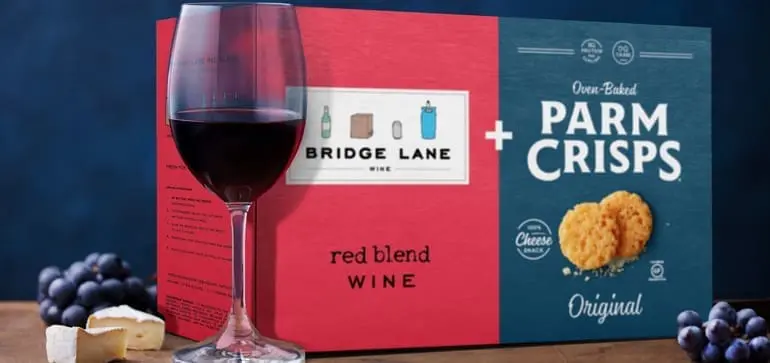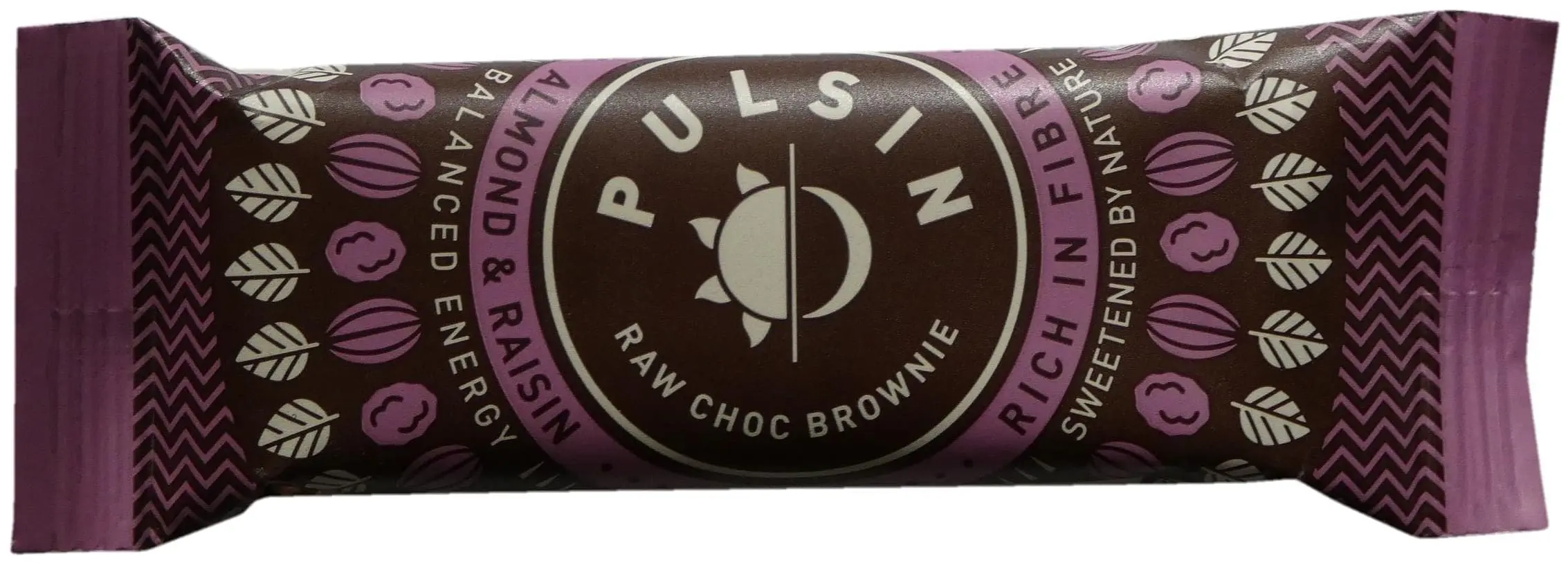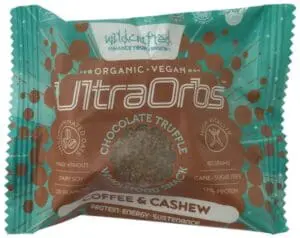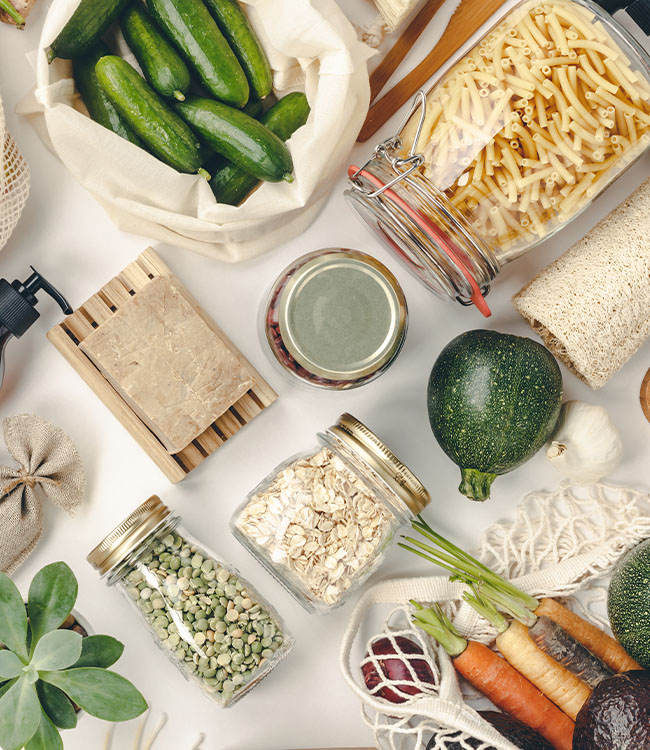With much of Europe entering a second lockdown, snack brands can supply much-needed comfort and security to consumers.
People spending more time at home will bring new development opportunities for snacks, and brands can go beyond the functional by, for example, getting creative or doing unusual collaborations – to appeal even more to consumers.
Comfort foods have become more relevant as horizons narrow
Although COVID-19 only took a few months to change the world, the virus’s onset and its impact on lives and routines reinforced consumers’ desire for comfort and familiarity.
Snacks and confectionery are well-positioned to provide those attributes, as people have relied on them for support even before the pandemic. Consumers choose snacks because they want to eat foods that make them feel good and that doesn’t have to be restricted to the “bad times”. Even before the pandemic, in the UK, more than seven in ten of biscuit eaters ate these products as a part of their “me” time.
As we find ourselves in a challenging situation once again, there is still room for snacks to provide novel and fun experiences. Snacks can play up their creative side with innovative flavours, ingredients and packaging as consumers seek “something new” after having been confined for so long, and now being sequestered once again.
Work-from-home snack boxes
COVID-19’s lockdown restrictions made “work from home” the new norm. By offering more flexibility and cost savings, this model can be a longer-term change. To cater for remote workers and companies that support remote work, work-from-home snack boxes – such as these introduced by Snacknation – can carve out a new market opportunity.
Snacknation ‘Working from home’ variety boxes (US)
Source: Snacknation
With changes in the post-COVID-19 workplace, such boxes with hygienic packaging are likely to remain popular in the near future.
Collaborations can bring more excitement to snacking at home
Joining forces to create unusual pairings and providing new sensations are strategies worth exploring when targeting experience-driven, at-home snackers.
Teaming up with restaurants: Walkers UK launched a new range of flavors inspired by popular dishes from the UK’s high street restaurants. For example, the Nando’s packet is flavored with PERi-PERi chicken, while the YO! variety is katsu curry flavored.
Walkers’ x Nando’s PERi-PERi chicken crisps (UK)
Source: Walkers
Pairing food and drink: US-based ParmCrisps and Bridge Lane Wine collaborated on a snack box that offers a reinvented take on the classic pairing of cheese and wine. The box is available online for delivery and promises to enhance the at-home snacking experience.
ParmCrisps and Bridge Lane bring wine and cheese to your door (US)
Source: Food Dive
Depending on snacks for an energy boost
Before the pandemic, consumers were ardent snackers. Looking across markets, one of the top reasons for snacking was consistently “to give them energy.” The quest for quick and easy energy sources in the guise of snacks will continue to drive the snack market as the second wave of the pandemic continues.
Energy snacks may have to change to suit the needs of a COVID-19-world: price will be a bigger issue and there will be a greater desire for individually packaged snacks since share bags may be considered unhygienic.
Fruit and nuts for energy: Pulsin’s Almond & Raisin Raw Choc Brownie Energy Bar from the UK offers a healthy way to maintain energy levels throughout the day.
Pulsin’s Almond & Raisin Raw Choc Brownie Energy Bar (Netherlands)
Source: Mintel GNPD
A number of energy ingredients: Wildrafted’s Coffee & Cashew Chocolate Truffle Wholefood Snack from Australia claims to provide protein, energy and sustenance.
Wildrafted’s Coffee & Cashew Chocolate Truffle Wholefood Snack (Australia)
Source: Mintel GNPD
After social distancing, will there be a return to shared snacking occasions?
Before COVID-19, sharing and socialising were major occasions for snacking in a number of markets. The economic ramifications of the COVID-19 outbreak could fuel this trend, with significant numbers of consumers expected to choose to spend their free time at home rather than going out. This will follow on the heels of the social distancing and sheltering in place lifestyles that informed the early months of the crisis.
In the UK, almost seven in 10 sweet biscuit consumers find sharing biscuits to be a great way of bringing people together. A similar proportion of UK respondents who eat sweets enjoy sharing sweets they had as a child with their family.
After months of “not sharing”, consumers will start to share snacks again. Yet, they may look for a new way to share: individually wrapped portions, rather than larger, communal bags may be “the next sharing normal.”
